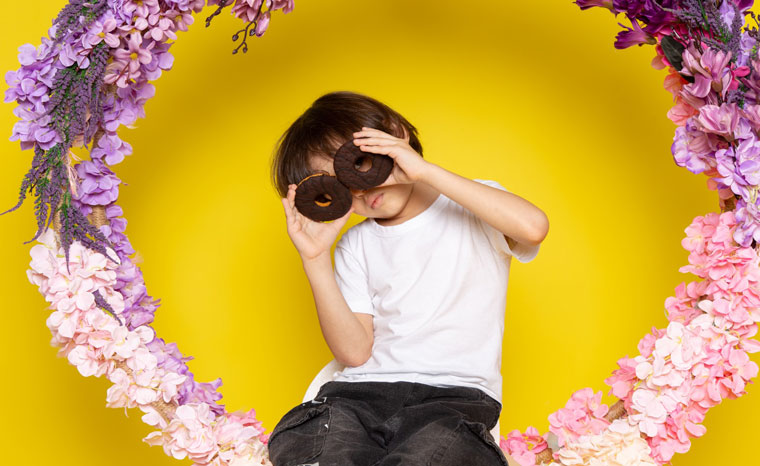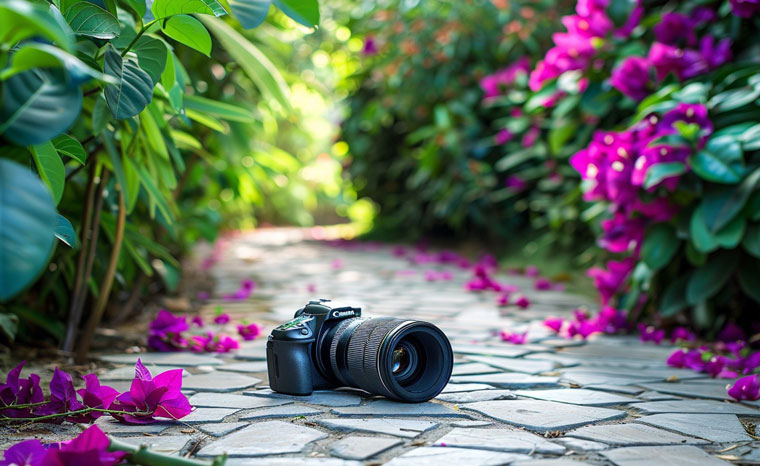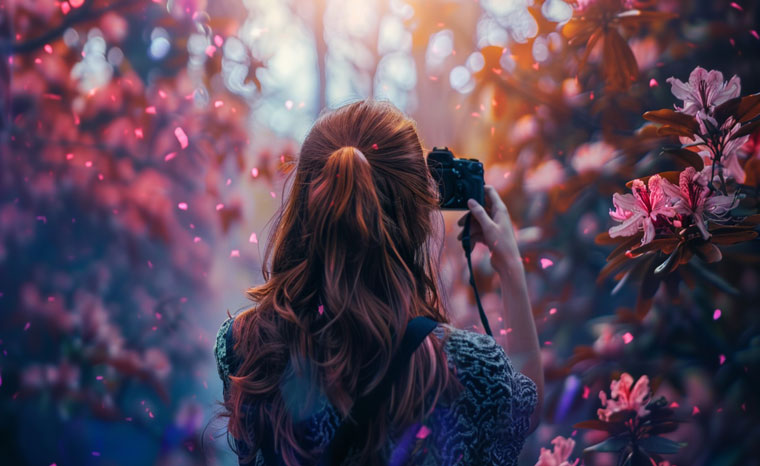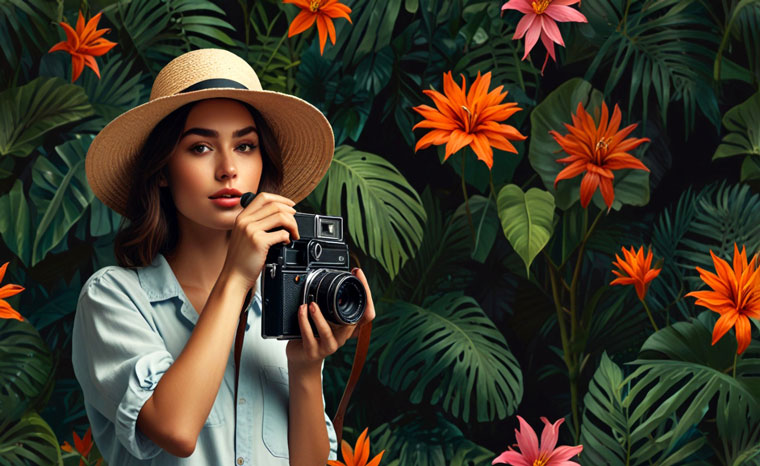Background for Photography?
Background for Photography is one of the most important decisions that can take a picture from mere to special. It forms the subject matter, indicates mood, and builds emotions. Thus, whether you are a fresh photographer or an experienced photographer, it is something crucial in impact creation; knowing the right background photography is vital. This article will describe the variety of photography background types, when and how to use them, and best practices for all sorts of photography scenarios.
Why is the background important in photography?
Photography background: The background serves as a canvas that foretells the central idea of a shot. It helps set the tone to make you even influence the general perception of the whole image. A well-chosen background will eliminate distractions and bring out the best in your composition; the opposite ruins the shot to be cluttered or dull.
Several factors have to be considered in the choice of a photography background: color, texture, and level of detail. Whether one is shooting in a studio or on location, the background will either harmonize or clash with the subject. Making photography skills means that a photographer is aware of what’s available and when to use them.
Types of Background for Photography
1. Solid Color Backgrounds
These backgrounds with solid colors are popular when taking portrait, product, and fashion photos. Their point is the limitation of attention; this is how they look in the photos. White, black, and grey photo backgrounds photography are preferred. These colors do not go out of style; they fit well with any style and lighting conditions.
For example, a gray photo background is versatile because it falls between the white and black extremes while creating a neutral, safe color that bright to darker subjects can work well with. It is usual to apply this in studio portraits and headshots where things need to be simple and balanced backgrounds photography.
2. Printed and Textured Backgrounds
Some of the best ways to introduce a texture at face value are printed backgrounds and textures. It adds richness and depth to your photos while at the same time revealing a story. One can get some interesting printed backdrops by using a brick, wood, or marble texture instead of solid color.
In this case, such a photography background could even be related to an event, such as a wedding reception, with flashes of magnificent floral patterns or some romantic elements in itself. In some cases, it can even be a customized version of the brand identity of the company. Such a backdrop not only pleases the photographer but also caters well to the guests as a stunning set of keepsake photographs.
3. Panoramic Backgrounds
Scenic background photography outdoors: Scenic sunsets, forests, and cities are some of the other natural elements offering for outdoor photography a perfect setting. These settings automatically give your shots depth and atmosphere, above all in case of pre-wedding and couple photography.
The kind of romantic background used for couple photo editing is aptly suited for capturing feelings and memorable moments such as engagement or anniversary-like an enchanting sunset or rustic barn for example, or beautifully blurred fields.
Shaping the Future of Creatives: RVR School’s Path to Photography Excellence By Shashi

Background Selection Based on Theme
1. Wedding Photography
In addition, most weddings will also require elaborately decorated backgrounds for photography or themed backdrops. You can design a backdrop for your wedding reception with florals or even drape fabrics into a wedding color scheme.
2. Baby Shoot Background
A baby photoshoot background for photography will typically be colored soft pastels or elements of nature like greenery or a cozy indoor setting to make it look calm and beautiful in one snap.
The Influence of Color in Photography Backgrounds
Colors in the photography background greatly influence the mood, tone, and emotion of an image. Color psychology also means that how the viewer sees a photo depends on its colors. For example:
White is clean, pure, and neutral, thus very good for product photography and studio shots.
Black is mysterious, elegant, and sophisticated, and is quite frequently used in portrait and fine art photography, and photography background.
Grey is quite neutral and versatile. It always gives you a balanced look that does not seem too harsh or soft. The color is perfect for studio photography when you want an inconspicuous yet professional backdrop.
Bright colors like red, yellow, or blue can show a high level of energy, which may make the subject look really lively and young, especially in fashion and advertising photography.
It is what helps you to pick that perfect background for photography for photography while understanding how color will affect the audience’s perception of your image.
Using Textured Backgrounds for Depth and Dimension
Textured background for photography may add depth, interest, and a bit of context to images. They set up something very specific in a subject and help create a kind of set scene.
Wood textures: They are frequently used as backgrounds in food photography. The textures are made from wood, which adds a rustic and cozy feel to shots, especially organic or farm-to-table culinary photography.
Fabric Textures: Velvet, linen, or satin backdrops give a luxurious feel, and they can soften the overall look of the image.
Brick or stone walls: So much urban grit can be given to a scene in fashion or portrait. The raw feel of the whole texture may even be a good contrast for very smooth skin or fabric.
Textures can indeed support the subject or contrast it, this being helpful in a genre such as product or portrait photography where the photography background cannot go unnoticed.
Custom Backgrounds for Personalization and Branding
There are genres of photography, such as corporate, event, or product photography, where personalizing the photography background makes all the difference. Branding of shoot often forms part in the photographs that take place during promotional or commercial shoots.
Event photography: Photos of a wedding, birthday, or corporate event-evening can be beautified by using a customizable photo booth background for photography with branded designs, logos, or themes, so one can take these photos back home as a unique memory with a guest.
Corporate headshots: Many companies want their corporate portraits to be shot in front of their branded backdrop. All this for consistent promotional materials and an air of professionalism in pictures.
Digital Backgrounds in Post-Production
The true flexibility nowadays for photographers, thanks to advanced technology and post-production, could be in enhancing or replacing photography background, with the help of tools such as Photoshop or Lightroom, where the actual background need not be captured during the shoot.
Green screen technology: Here, you can insert anything in the background for photography at the time of editing in green screens. This is very helpful in events like event photography product shoots and commercial work where there are different scenes or environments that you need to add but are impractical to shoot in.
Digital overlays: The use of textures and backgrounds for photography, such as fog, stars, or abstract, can create a certain oomph to your image. It is mostly applied in editorial and fantasy photography.

Outdoor Backgrounds Nature’s Influence on Photography
Outdoor background settings provide endless challenges to the photographer for dynamic and creative photography. Whether it is an open forest, or an urban city, natural textures, colors, and lighting conditions all can render a great outcome in photographs.
Natural landscapes: Mountains, beaches, or fields are some of the many options where nature creates a perfect background for portraits, pre-wedding shoots, or travel photography. Nature also offers you dynamic lighting that changes dynamically at different times of the day, hence providing you with variety in shots.
Cities: The shooting in streets, parks, and buildings may turn out to be very current and modern. Gritty graffiti walls or industrial settings might give your images an edge related to creative thinking, specifically in street or fashion photography.
Make sure to consider your light and how it will impact your subject when selecting a location outside. The time of day at which you shoot – be it the golden hour or in the middle of the day – changes the impact your background has on the final shot.
Conclusion
Of course, selecting the best background for photography means more than choosing a pretty setting-it does need to make sense in terms of the subject, light, and general theme of the photograph. Whether shooting in the studio with solid color backdrops or outdoors with the natural scenery, the correct background really can give your photos that added oomph.
From the background of food photography to the one of pre-wedding photography, making sure you understand how to match your backdrop to your subject ensures that all of your images look right. Whether you feel for soft romantic or sharp dramatic, the background will play an important role in how your shot comes out.


